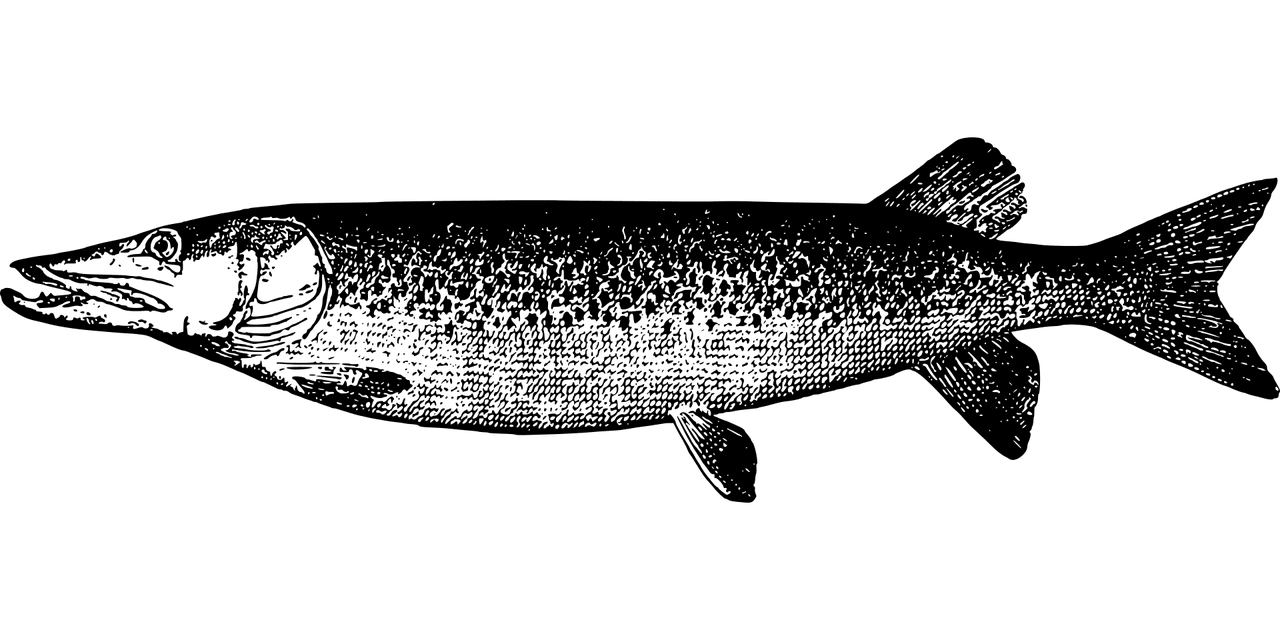There are a lot of giant predator fishes that are present in the water. Such two freshwater game fishes are Pike and Muskie, which are found in North America.
They look very similar to each other, but when they are seen a closer look, one can find much difference between them.
Key Takeaways
- Pikes and muskies are predatory fish, but muskies are larger and more aggressive.
- Pikes have a more elongated body and a lighter color pattern than muskies.
- Muskies are more elusive and difficult to catch, making them a popular target for sport fishing, while pikes are more abundant and easier to find.
Pike vs Muskie
A Pike is a relatively large fish that is found in freshwater areas in the Northern parts of America and are dark green colored with white spots. A Muskie is a large fish that have no patterns and no scales on the lower side of its gill covers, and they are very oily.

Pike is a giant freshwater fish that is referred to as “Water Wolves.” They are fast apex predators found in different regions of North America.
Muskie is a larger predator than Pike, found in Great lakes and rivers. They are pretty difficult to catch and lure. They have long, forked tails with pointed ends.
Comparison Table
| Parameters of Comparison | Pike | Muskie |
|---|---|---|
| Markings and Colors | They are dark green to olive green in color with white or light-colored bean-shaped spots. | They have dark, strong, thick bars, have faint spots or no patterns at all. |
| Weight and size | The average length of pike is 10-20 inches, and the average weight ranges from 5-10 lbs. | The average size of a Muskie is 30-40 inches, and the average weight ranges from 10-20 lbs. |
| Tail shape | The shape of the tail is a large, forked tail with a rounded tail fin. | The shape of the tail is a large, forked tail with a pointed tail fin. |
| Number of Pores | Pike normally has 4-5 pores and a maximum of 6 pores present on the lower jaws. | Muskie normally has 6-9 pores present on each side. |
| Gill cover | They have scales on both upper and lower gill covers. | They don’t have scales on the lower half of the gill cover. |
What is Pike?
A large game fish, the Pike, is found in the freshwater in North America. They are dark-colored fishes having light-colored, bean-shaped spots and markings on their bodies.
The lifespan of Pikes is only 20 years in the wild. They are a bit difficult to clean and have a lot of bones, but they are quite more durable than trout and salmon species.
Pikes also have very strong teeth and long jaws that make them a threat to humans. They feed on small mammals and fishes and grab them with their long, strong jaws.

What is Muskie?
Muskie is also one of the ambush predators, just like Pikes but has a different physical appearance and a bit different habitat. They feed on smaller fishes.
They are light-colored, having dark or no spots on their body. If taken proper care of, they can live up to 50 years. Muskies are very oily and bony for eating and are not considered to be taken.

Main Differences Between Pike and Muskie
- Pikes are found anywhere in the lakes and rivers and, thus, an easy predator to catch, whereas Muskies are pretty harder to lure and catch.
- Pike has long and forked tails with rounded fins, whereas Muskies have long, forked tails with pointed fins.



